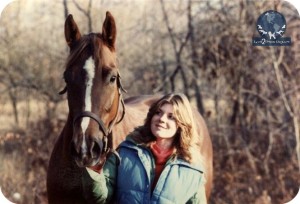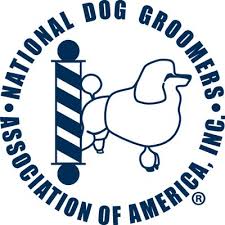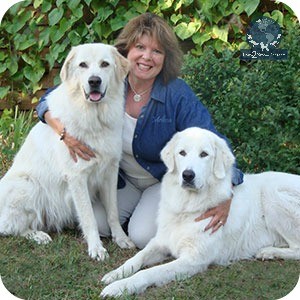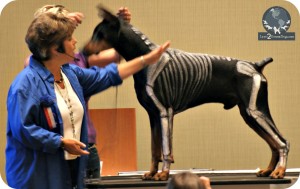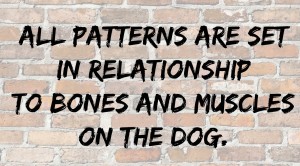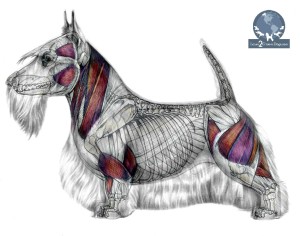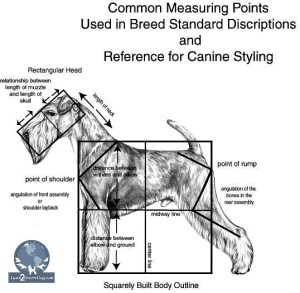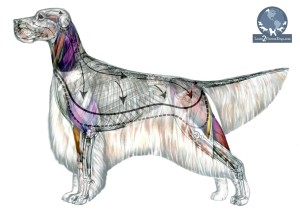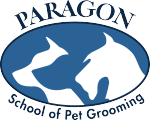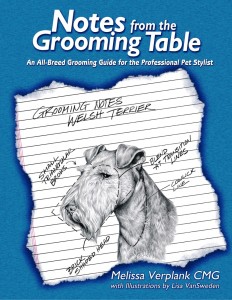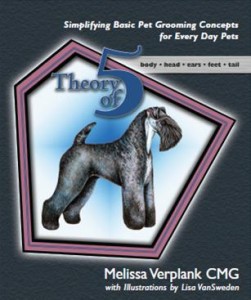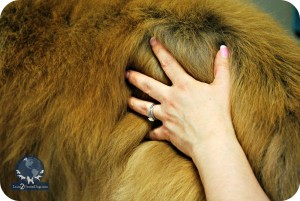Finding Passion in Your Work Again
 How in the world do dog groomers and pet stylists get burned out?
How in the world do dog groomers and pet stylists get burned out?
Come on… We get to play with sweet, charming little puppies all day – right?
What could be stressful about that? For most folks, grooming dogs all day is a “dream job.”
I’m here to tell you – it isn’t all fun and games with puppies. I still remember the day when I hit the burnout wall myself.
I had six mobile grooming vans out on the road as well as a salon. I had employees to manage. Budgets to make. Goals to set. Bills to pay. Marketing strategies to create. Accounting records to review. There always seemed to be an endless list of tasks that went along with running successful businesses. Plus, I was still grooming five days a week in my grooming van! I was running as hard as I could while burning the candle at both ends. It’s a typical recipe for disaster.
The moment that I hit that wall happened in June. We were booked out weeks in advance. Not a day passed without our dispatchers trying to squeeze in another dog. I was routinely grooming 10 to 12 hours a day plus doing all the other stuff too. On that fateful day I just lost it.
I had been on my way to my last client. I just totally broke down. I hadn’t even pulled into the client’s driveway yet. I was so overwhelmed. I was physically and mentally exhausted. I pulled over to the side of the road in the subdivision, unbuckled my seat belt, and walked over to my tub. I took a few deep breaths to get a hold of myself. I could do it. Just one more dog…
But then tears started to flow. I slowly slid down in front of my tub and just cried.
Have you ever had one of those days?
There are lots of ways to experience personal burnout.
So what is burnout?
Burnout is when you are at the point of physical and emotional exhaustion. It can occur when you experience long periods of stress in your job, when you are overworked in a physical or emotionally draining way for an extended period of time. You can also experience burnout when your efforts have failed to produce the results that you expected. If you are approaching a point of personal burnout, it’s time to reassess what you’re doing.
Understand what is creating the burnout.
This takes some soul-searching. Take the time to identify what activities that got you to this point. You need to get to the root of the problem. Once you have identified what is causing your distress, look for ways to lighten your load. You are going to need to remove, delegate, simplify, or find new meaning in those activities that are causing the stress.
Once you discover the underlying cause of your burnout, you can uncover ways to resolve it.
In the pet grooming world, there are some options:
- Reduce the number of pets you groom in a day. Many busy pet stylists have found that by simply raising their prices, they can reduce the workload without losing any revenue.
- Eliminate difficult clients. That might mean dogs or cats you don’t enjoy grooming due to size, haircut, or attitude.
- Delegate tasks. Focus on those skills that ONLY YOU can do for your business. Analyze any item that could be handed off to someone else – even if it’s only part-time to start. Accounting. Bathing. Grooming. Cleaning. Marketing. Sales tracking. Reception. Inventory. Errand running. You get the idea.
- Get out of your rut. Do whatever it takes to rekindle your grooming spirit. Learn new skills. Find a mentor you can learn from and who will help motivate you. Discover new, better, and more efficient ways to do your job. Read books and magazines to expand your horizons. Attending industry trade shows, joining an online job-related community, watching videos with inspirational industry leaders, or even hooking up with local groomers a couple of times a year can do wonders to ward off burnout.
 Set a realistic goal. The target could be related to reaching a sales goal. What about a customer satisfaction goal like improving client retention rates or rebooking appointments at checkout? Look at sprucing up and reorganizing your salon so it’s more pleasant and easier to work in. Maybe you want to be officially certified in some area that would lend credibility to what you do professionally. Enter a grooming competition – or work toward becoming a consistent winner in the contest area. All of these are super goals, but it’s just the tip of the iceberg. Finds goals that motivate YOU.
Set a realistic goal. The target could be related to reaching a sales goal. What about a customer satisfaction goal like improving client retention rates or rebooking appointments at checkout? Look at sprucing up and reorganizing your salon so it’s more pleasant and easier to work in. Maybe you want to be officially certified in some area that would lend credibility to what you do professionally. Enter a grooming competition – or work toward becoming a consistent winner in the contest area. All of these are super goals, but it’s just the tip of the iceberg. Finds goals that motivate YOU.- Change up your own personal job description. When you’re wearing too many hats, simply stop. Change gears. Select another role in your own company if you can. Or maybe it’s time to totally step away altogether, seeking out another career or life choice.
- Take time for yourself – daily, weekly, monthly, annually. Take time away from constantly dealing with pets, your business, or the numerous other tasks that are always nipping at your heels. Taking time for yourself, even if it’s only a few minutes a day, will allow you the distance you need to relax. When was the last time you took a vacation? Come on… a real vacation?
- Learn to say “no.” It’s a powerful word. It’s a simple action that could save your sanity when pushed too hard. Learn to use it in a conscious and responsible way.
In order to avoid or reduce burnout, you need to think about what gives true meaning in your work – the why of what you do. This self-analysis will give you a deeper understanding of what you find most important. It will also allow you to uncover elements, if any, missing from your life or your work and make adjustments.
When I hit my own personal wall, I did much of the soul-searching listed above. I made many changes to positively affect my daily workload and my personal life. The changes I made allowed me to contribute in a much more rewarding way to my companies, the industry itself, to my life, and to my health.
Always remember, life is ever-changing. Just because you successfully avoided burnout at one point in your life, does not mean you will not encounter it again. However, if you’ve overcome it once, you know you’ll be successful at overcoming it again in the future.
Question: Have you ever faced burnout? If yes, what did you do to overcome it? Jump over to the Learn2GroomDogs Facebook page and tell us about your experience!
Happy trimming!
~Melissa


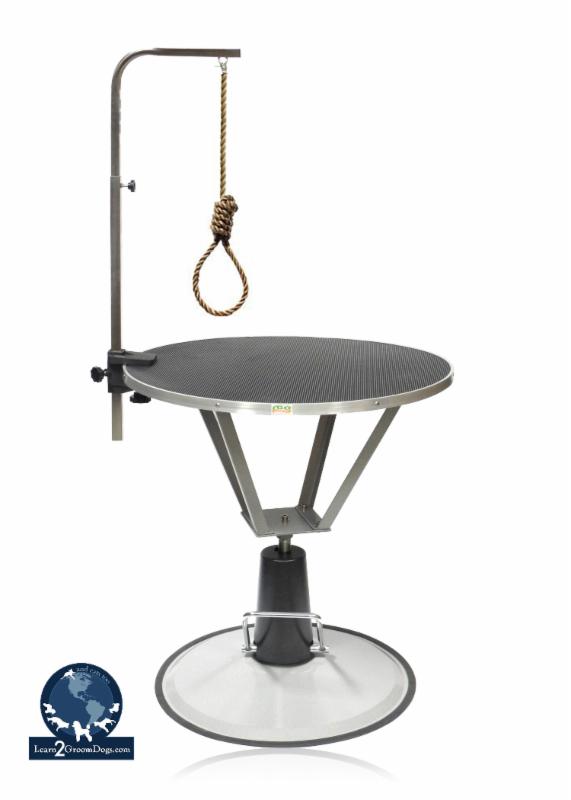 Every industry has its own set of technical terms. Those of us behind the grooming table are familiar with them, but have you stopped to think how our terminology sounds to customers? The words we use can paint a very negative picture to the client. Of course, we never intend it that way – we’re just using words and phrases that groomers have used for years.
Every industry has its own set of technical terms. Those of us behind the grooming table are familiar with them, but have you stopped to think how our terminology sounds to customers? The words we use can paint a very negative picture to the client. Of course, we never intend it that way – we’re just using words and phrases that groomers have used for years.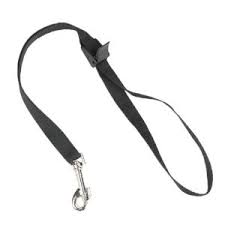 Although this is a major safety item used in most salons, the term I hear routinely to describe this piece of equipment is the word, “noose.” Every time I hear it, the hackles on the back of MY neck stand up.
Although this is a major safety item used in most salons, the term I hear routinely to describe this piece of equipment is the word, “noose.” Every time I hear it, the hackles on the back of MY neck stand up.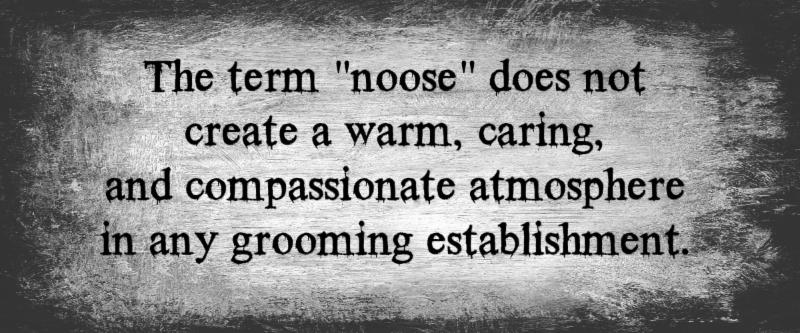 Think about how your terms can negatively affect your clients. Most of the time, we are so busy just trying to stay ahead of the grooming game, we never stop to think how we sound to the client. We may love our four-footed customers, but it’s our two-legged clients we really need to win over – gaining their trust – and their business.
Think about how your terms can negatively affect your clients. Most of the time, we are so busy just trying to stay ahead of the grooming game, we never stop to think how we sound to the client. We may love our four-footed customers, but it’s our two-legged clients we really need to win over – gaining their trust – and their business. If you’ve been watching the news lately, you have probably heard about the newest illness threatening our pets. Canine influenza (CI), or dog flu, is a highly contagious infection that can have serious implications not only for our pets, but for your business and our industry.
If you’ve been watching the news lately, you have probably heard about the newest illness threatening our pets. Canine influenza (CI), or dog flu, is a highly contagious infection that can have serious implications not only for our pets, but for your business and our industry. Preventing the Flu: Step One
Preventing the Flu: Step One
